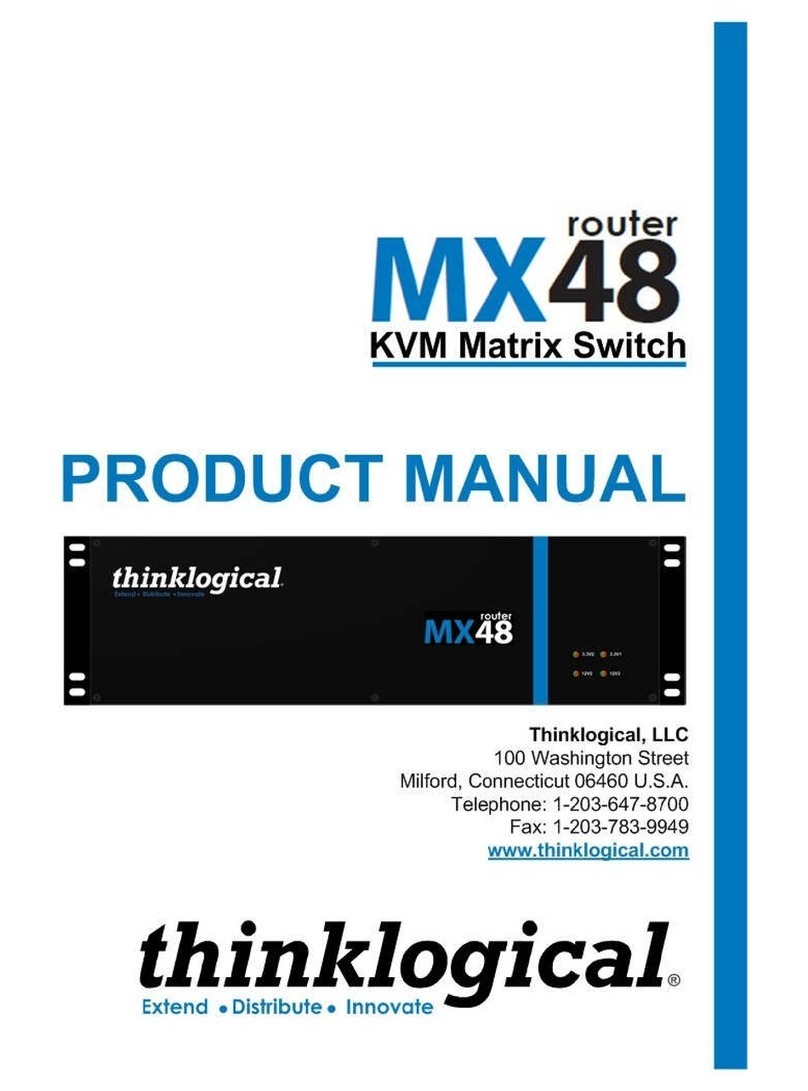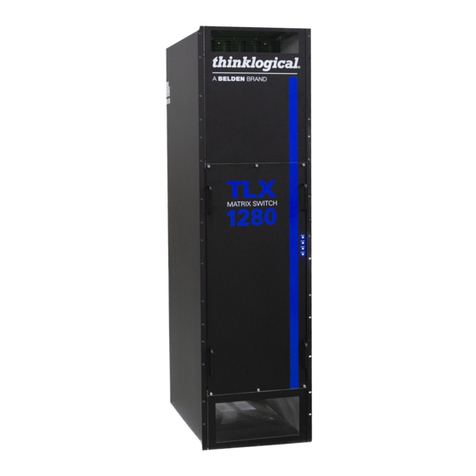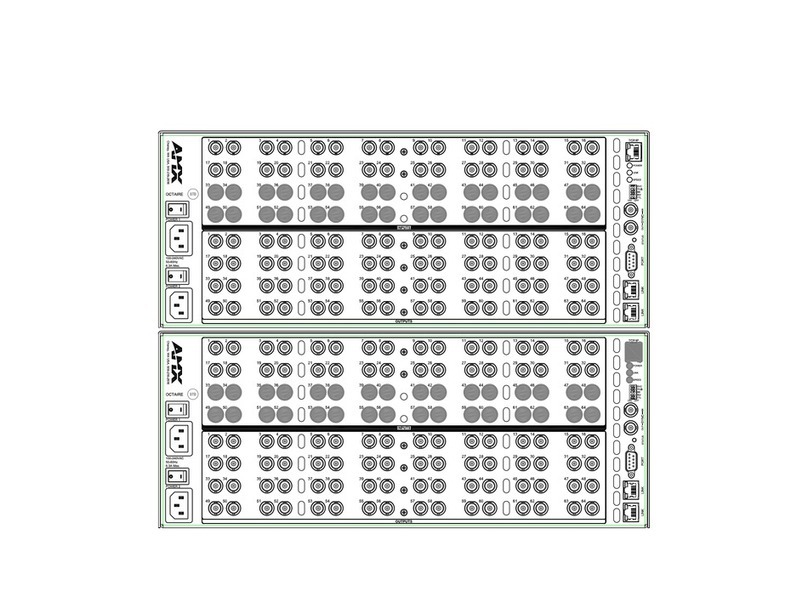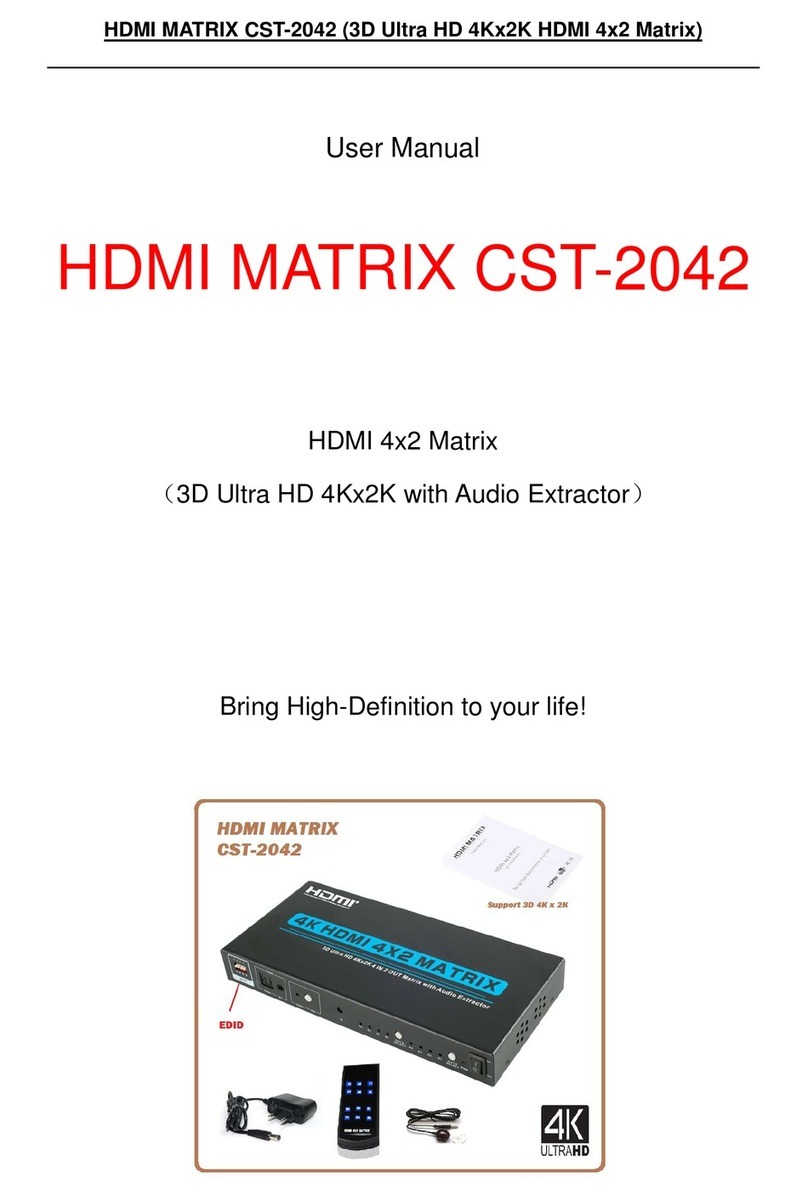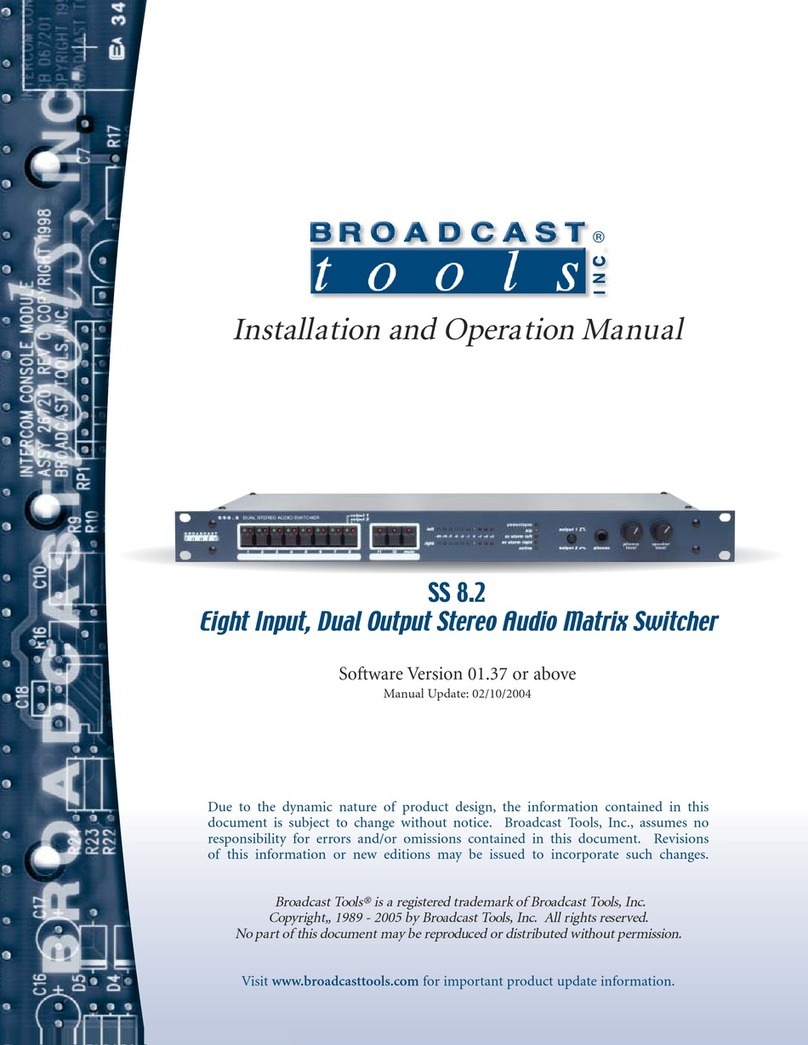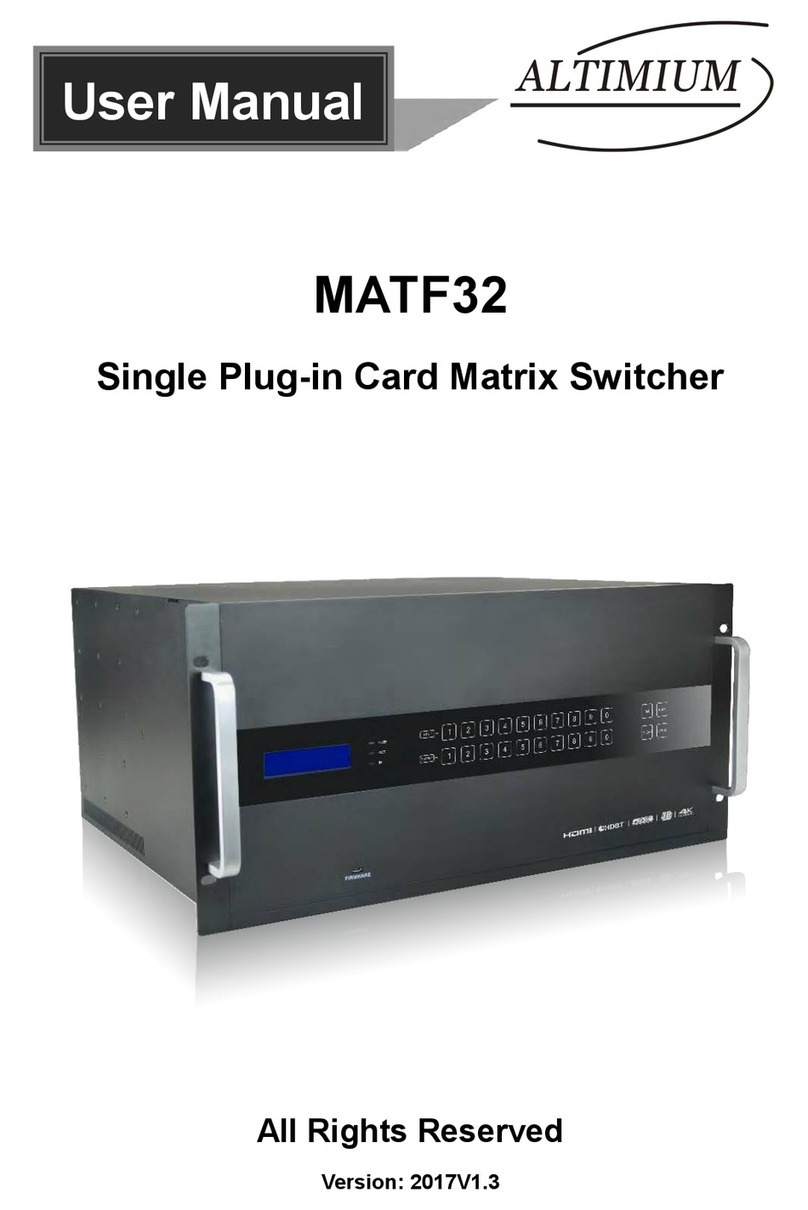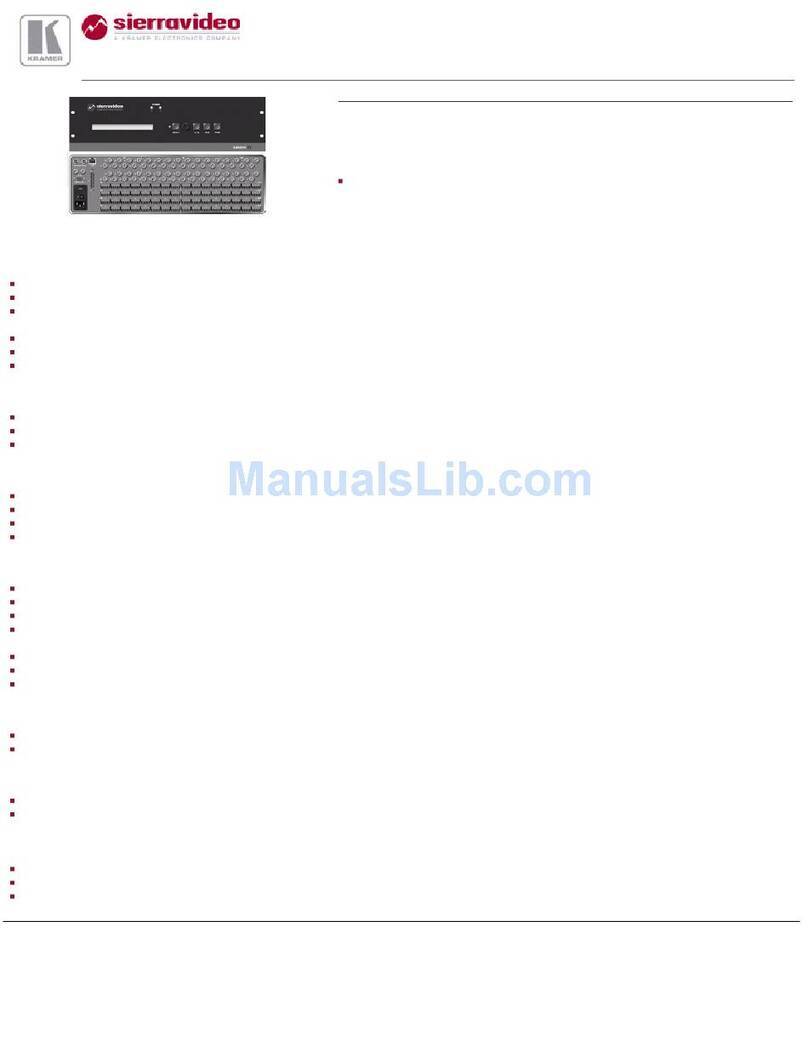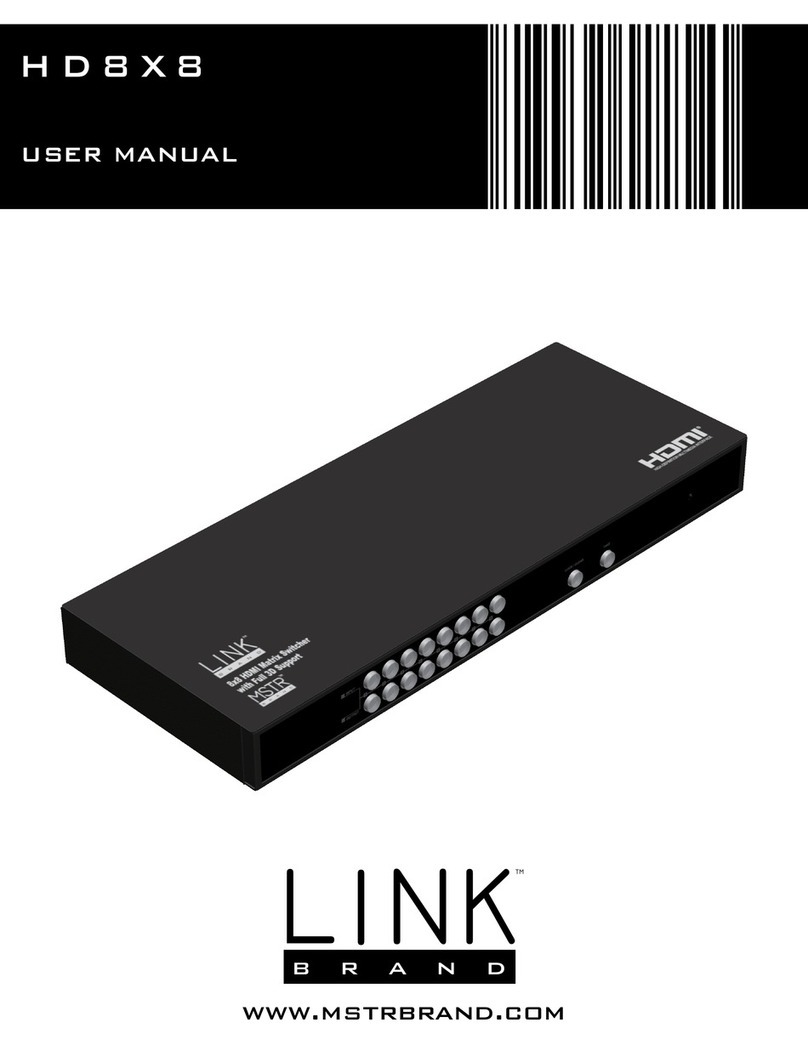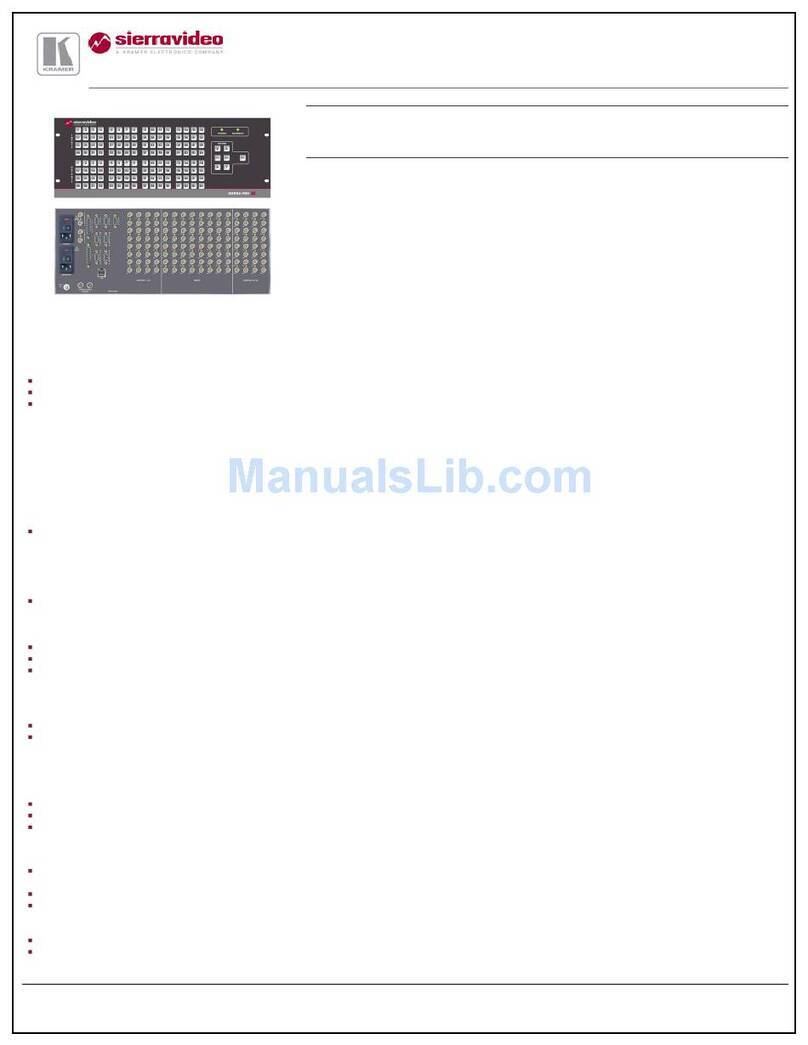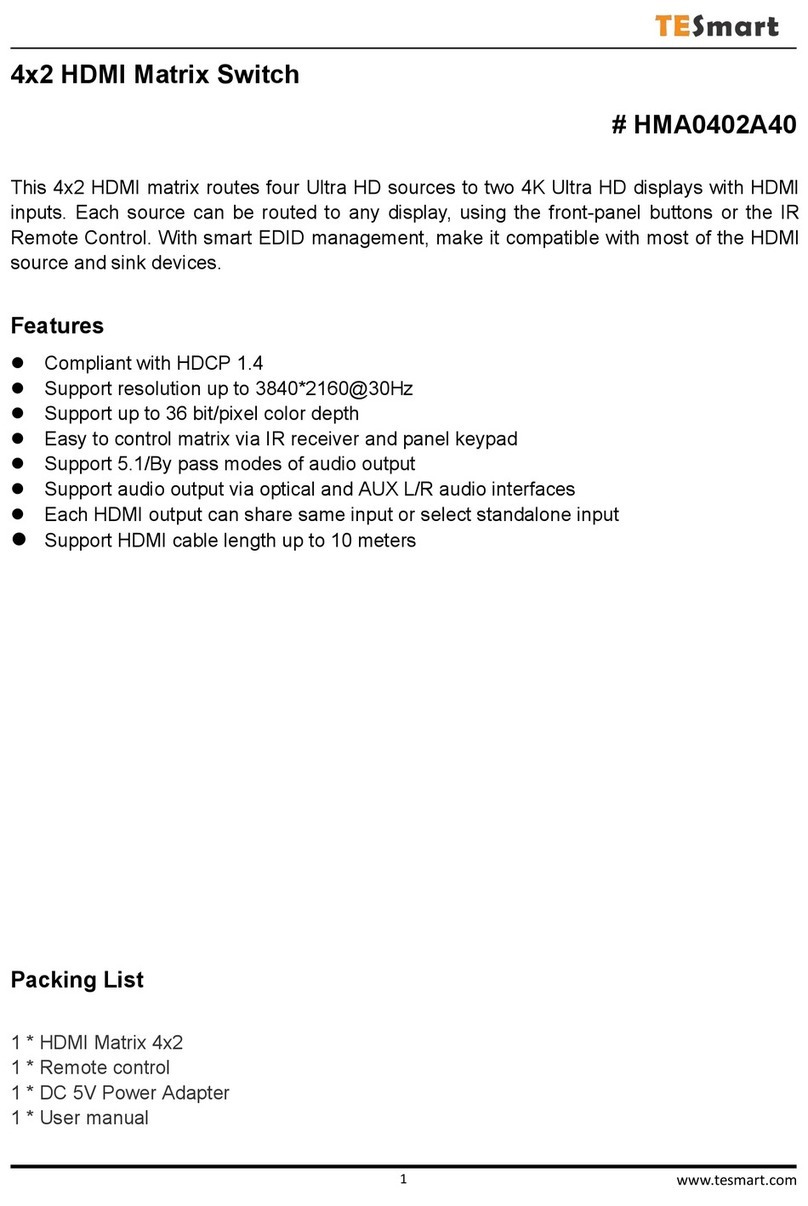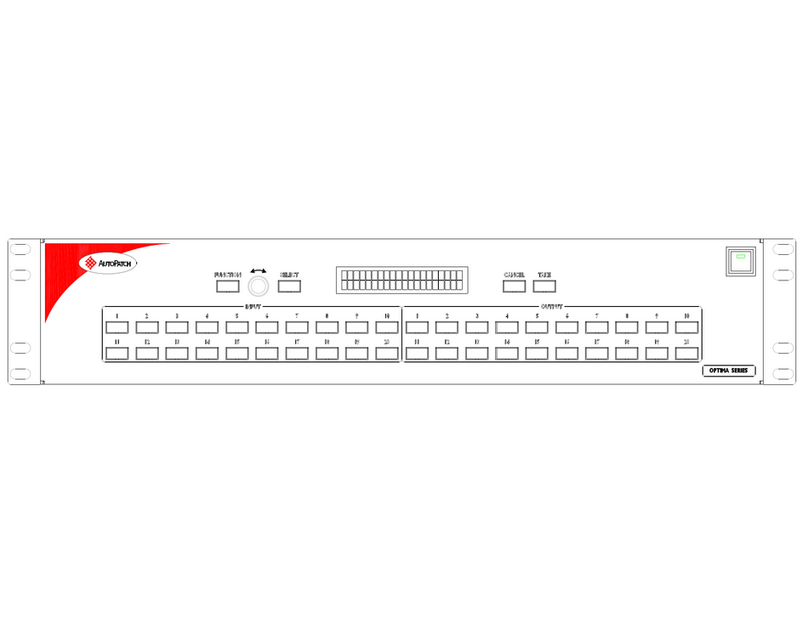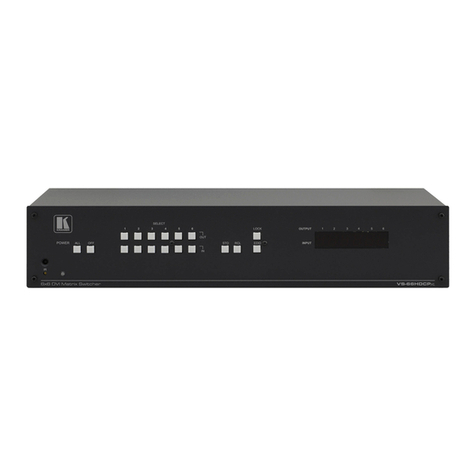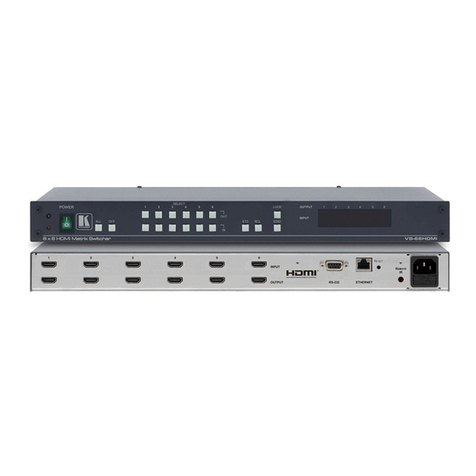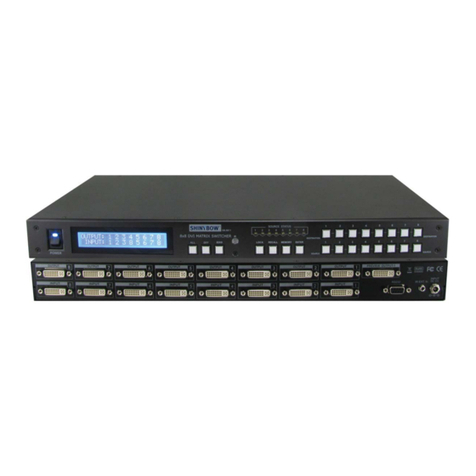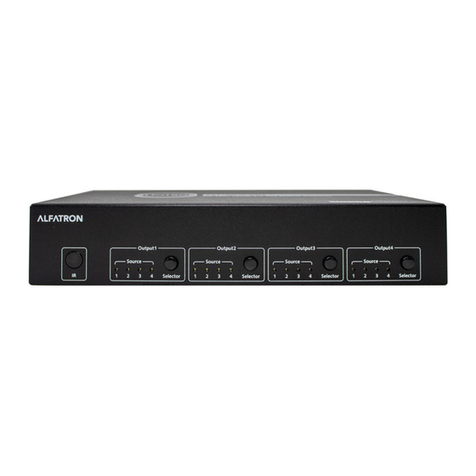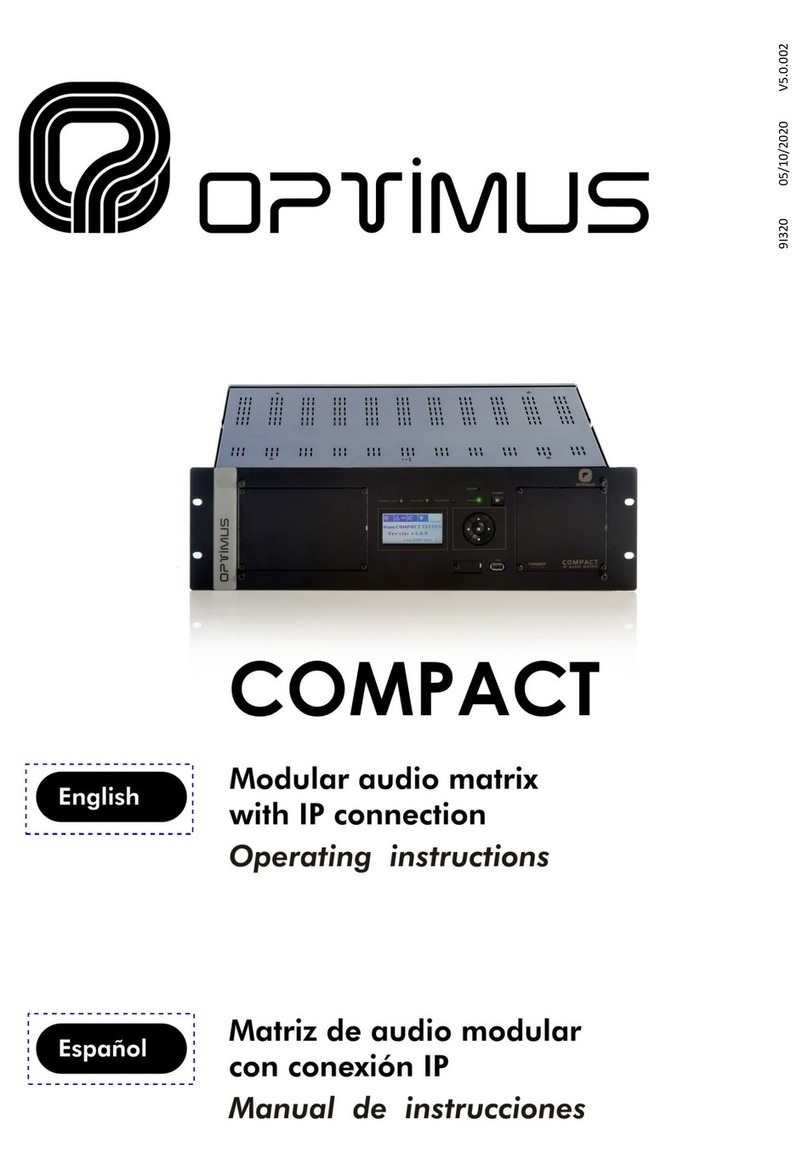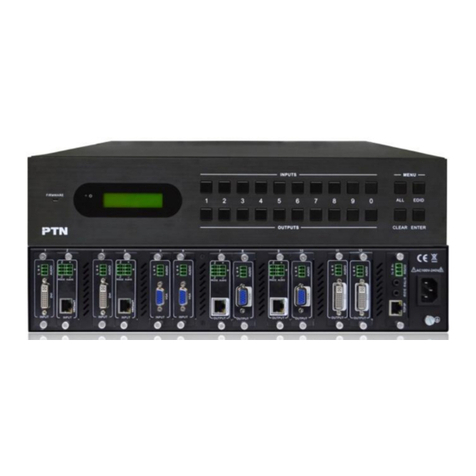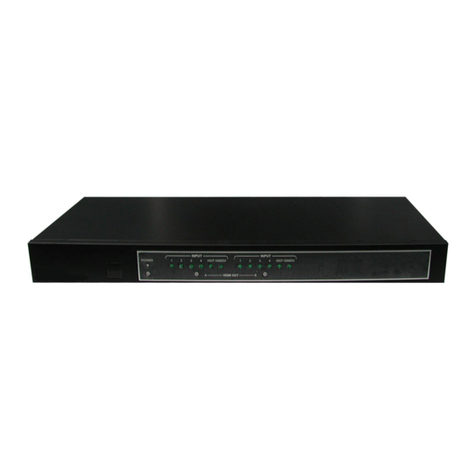
TLX Matrix Switch SNMP Traps Manual iii Rev. E - July, 2015
Table of Contents
PREFACE........................................................................................................................................... 1
About Thinklogical®.................................................................................................................... 1
About This Manual ..................................................................................................................... 2
Note and Warning Symbols........................................................................................................ 2
SECTION 1: SFP GENERATED TRAPS............................................................................................ 3
Alarms........................................................................................................................................... 3
High Temperature Alarm Begin and Clear.................................................................................. 3
Low Temperature Alarm Begin and Clear................................................................................... 3
High Vcc Alarm Begin and Clear................................................................................................ 3
Low VccAlarm Begin and Clear................................................................................................. 4
High TX Bias Alarm Begin and Clear.......................................................................................... 4
Low TX Bias Alarm Begin and Clear .......................................................................................... 4
High TX Power Alarm Begin and Clear ...................................................................................... 5
Low TX Power Alarm Begin and Clear....................................................................................... 5
High RX Power Alarm Begin and Clear...................................................................................... 5
Low RX Power Alarm Begin and Clear....................................................................................... 6
(SFP) Warnings............................................................................................................................. 7
High Temperature Warning Begin and Clear.............................................................................. 7
Low Temperature Warning Begin and Clear............................................................................... 7
High Vcc Warning Begin and Clear............................................................................................ 7
Low Vcc Warning Begin and Clear............................................................................................. 8
High TX Bias Warning Begin and Clear...................................................................................... 8
Low TX Bias Warning Begin and Clear ...................................................................................... 8
High TX Power Warning Begin and Clear .................................................................................. 9
Low TX Power Warning Begin and Clear................................................................................... 9
High RX Power Warning Begin and Clear.................................................................................. 9
Low RX Power Warning Begin and Clear................................................................................. 10
(SFP) Events ................................................................................................................................11
SFP Removed and Inserted......................................................................................................11
TX Fault Begin and Clear..........................................................................................................11
LOS Begin and Clear................................................................................................................11
SECTION 2: SWITCH GENERATED ALARMS................................................................................ 12
TLX48 Hardware Alarms (Contacts).......................................................................................... 12
TLX48 Power Supply Failure Begin and Clear Contact 1......................................................... 12
TLX48 Fan Failure Begin and Clear Contact 2......................................................................... 12
TLX48 High Temperature Begin and Clear Contact 3............................................................... 12
TLX320 Hardware Alarms (Alarm Contacts) ............................................................................. 13
Power Supply 1 Failure Begin and Clear Contact 1.................................................................. 13
Power Supply 2 Failure Begin and Clear Contact 2.................................................................. 13
Low Fan Speed Begin and Clear Contact 3 ............................................................................. 13
Temperature Warning Begin and Clear Contact 4.................................................................... 13
High Temperature Begin and Clear Contact 5.......................................................................... 14
CPU Error Begin and Clear Contact 6...................................................................................... 14
I/O Card Error Begin and Clear Contact 7................................................................................ 14
TLX640 Hardware Alarms (Alarm Contacts)............................................................................ 15
Power Supply 1 Failure Begin and Clear Contact 1.................................................................. 15
Power Supply 2 Failure Begin and Clear Contact 2.................................................................. 15
Power Supply 3 Failure Begin and Clear Contact 3.................................................................. 15
